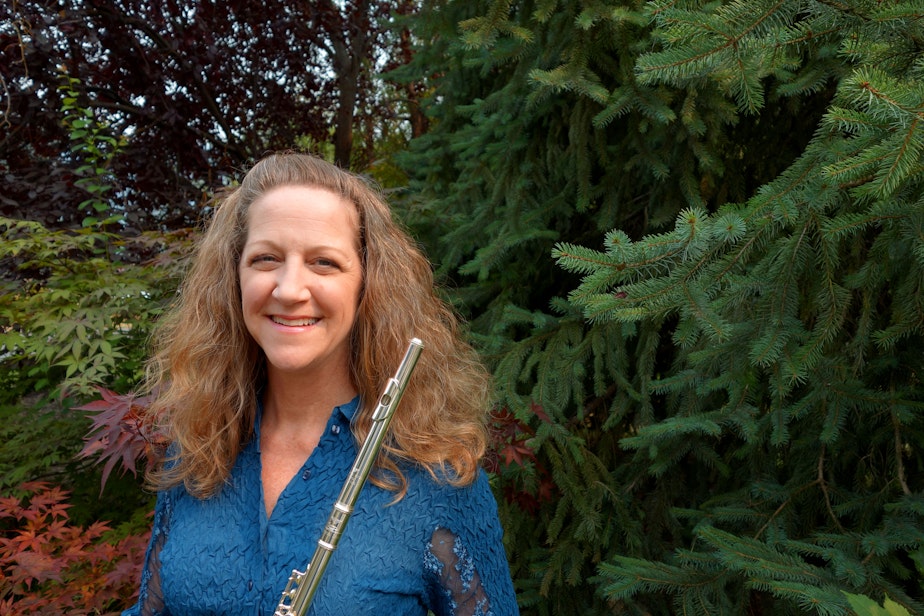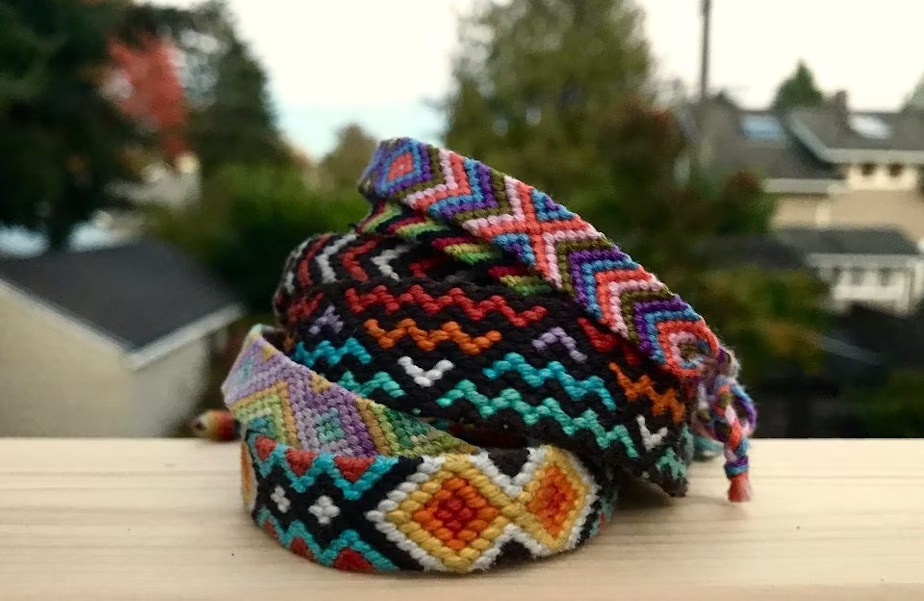Why this Boeing test pilot keeps a flute in her toolbox

I go to a special high school with a focus on aviation. Although I love my school, sometimes I feel like I don't get to explore my creative side. So I started asking questions: What role should art play in STEM education? And how can creativity help us to be better scientists or engineers?
Christine Walsh is my mentor and, like me, she fell in love with planes and decided to become an aerospace engineer. She works at Boeing as a test pilot engineer, making sure planes are safe for other people to fly.
She's also a musician.
Christine loves aviation. But it's a high stress job, and she plays the flute to relax.
"When I first picked up the flute," Christine told me as she finished playing a song that she had composed, "I felt uncomfortable playing so closely in front of somebody. But as soon as I start making music, I completely forget there's somebody else in the room."
Christine started playing flute in high school and now plays with the Boeing Company Band.
Sponsored
Her musical background gives her the unique ability to hear very fine sounds and harmonics that come from the plane when she flies.
It makes her better at her job.
As a test pilot, Christine makes sure that planes are safe to fly before they are sold to airlines. She focuses most of her attention on the planes' engines, testing to make sure that they function correctly and that they are making the right sounds.
"The aircraft engine, like any engine," she said, "Is a huge component on the aircraft that makes all kinds of harmonic sounds.
"Those sounds can be transmitted through the aircraft because it's just a giant musical instrument. We're listening for those sounds when we're flying, and they give us a whole other understanding of how the airplane is operating."
Sponsored
When you're thousands of feet above the ground, it's critical that the engines are working correctly. That's what Christine listens for.
"If I'm speaking with a noise engineer," she said, "I can say I hear a harmonic, and it's at a particular frequency.
"I can say how many hertz I think it sounds like, because I'm used to listening for exact pitch tones when we tune instruments."
She can also tell if two pieces of the airplane might be making noises that complement or don't complement each other.
Christine listens to the rotations of the engines, the electronics on board, and the different hydraulic pumps around the aircraft. She can tell if something is broken or wrong just by the sounds it makes.
Sponsored
When you're out flying, the last sound you want to hear is an engine failing. Christine's musical training helps her to make sure that doesn't happen.

Christine showed me that there's much more to aviation than engineering and math classes. Creativity is an important part of being a pilot.
She made me realize that what I'm missing is a creative outlet.
For the past few years, I've been making friendship bracelets to help me relax. Making bracelets helps me to focus and express my creativity.
Sponsored
Who knows, maybe that will help me as a pilot in the future.
This story was created in KUOW's RadioActive Intro to Journalism Workshop for 15- to 18-year-olds at Jack Straw Cultural Center, with production support from Kyle Norris. Edited by Caroline Chamberlain Gomez.
Find RadioActive on Facebook, Twitter and Instagram, and on the RadioActive podcast.



